Chewy, meaty mushrooms cooked golden brown and finished with shallots and tarragon is something to look forward to every fall. This simple blewit mushroom recipe isn't just one of the easiest things to make, it's also one of my favorite ways to enjoy them. Read on and I'll show you how it's done.
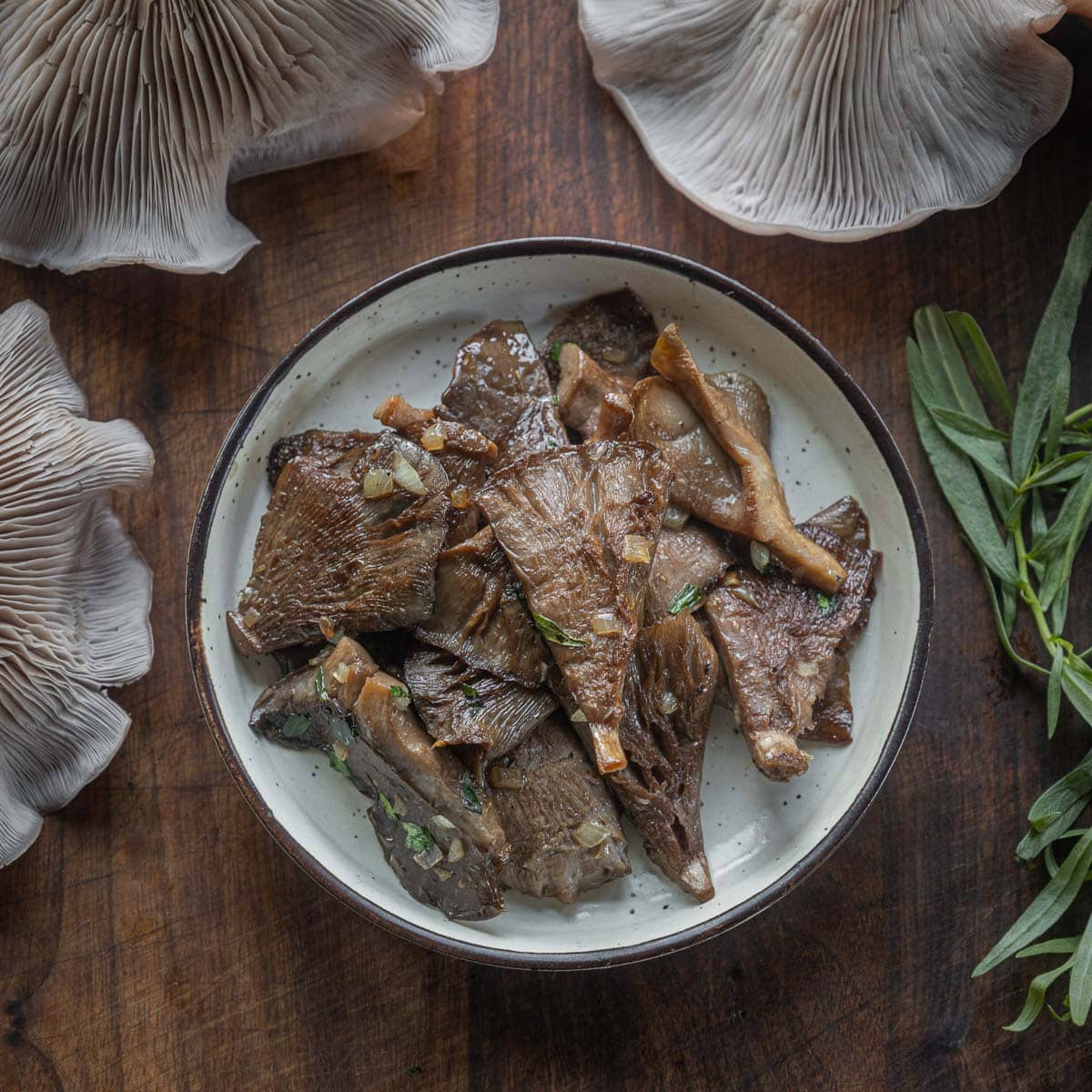
The first few times I eat something new I try to keep it very basic, so I can learn what the flavor is like and then plan appropriately. There is varying information on the internet regarding the cooking wood blewits and field blewits, mostly just basic techniques and blewits being cooked in places where you might use any mushroom.
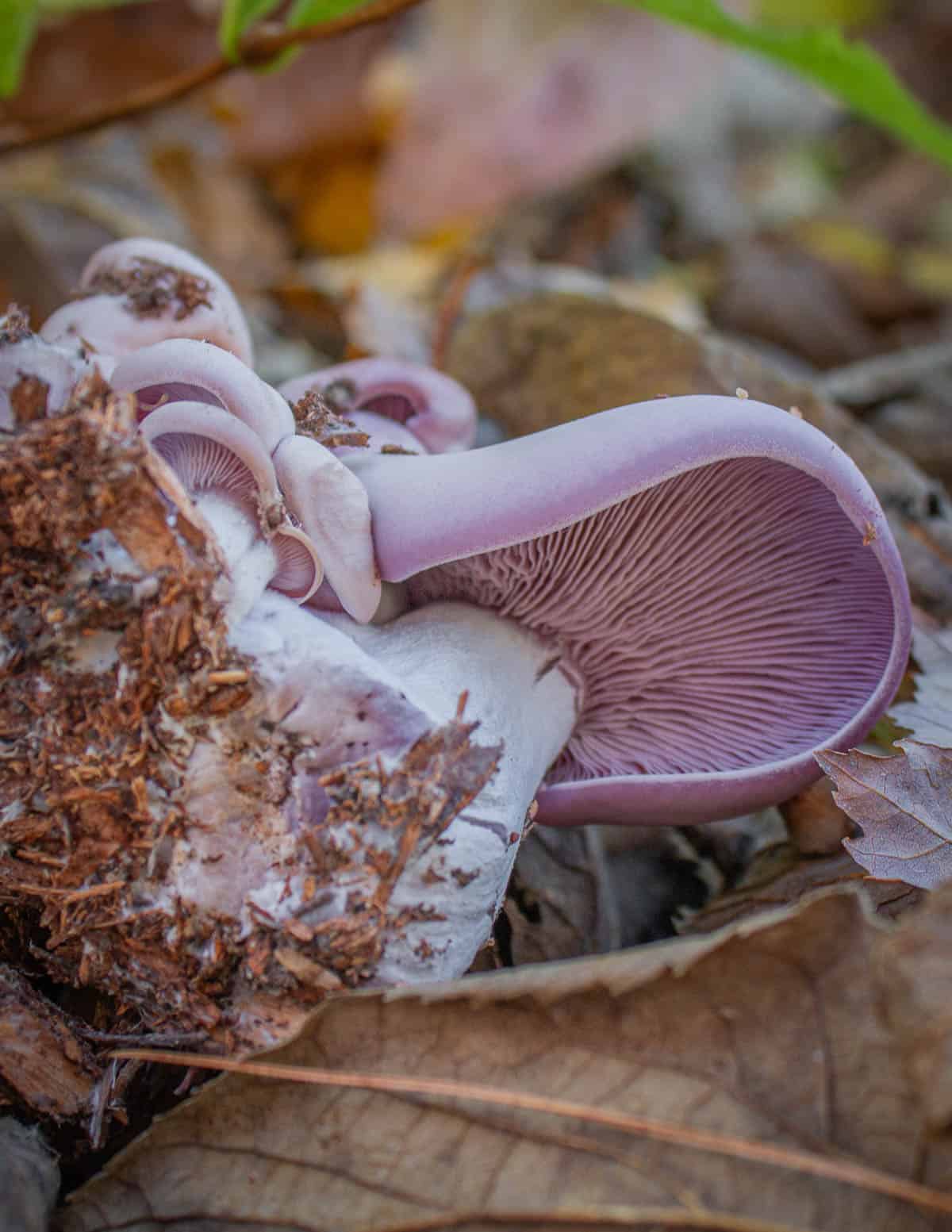
Some recipes say you should avoid using garlic with them, and I do agree it could have the potential to taste funny or overpower their flavor. They're a delicate mushroom like chanterelles, so it's natural that their flavor can be highlighted and magnified by cooking in cream, or in a simple saute.
If you're new to these mushrooms, I write more, especially on blewit identification in my Forager’s Guide to Blewit Mushrooms.
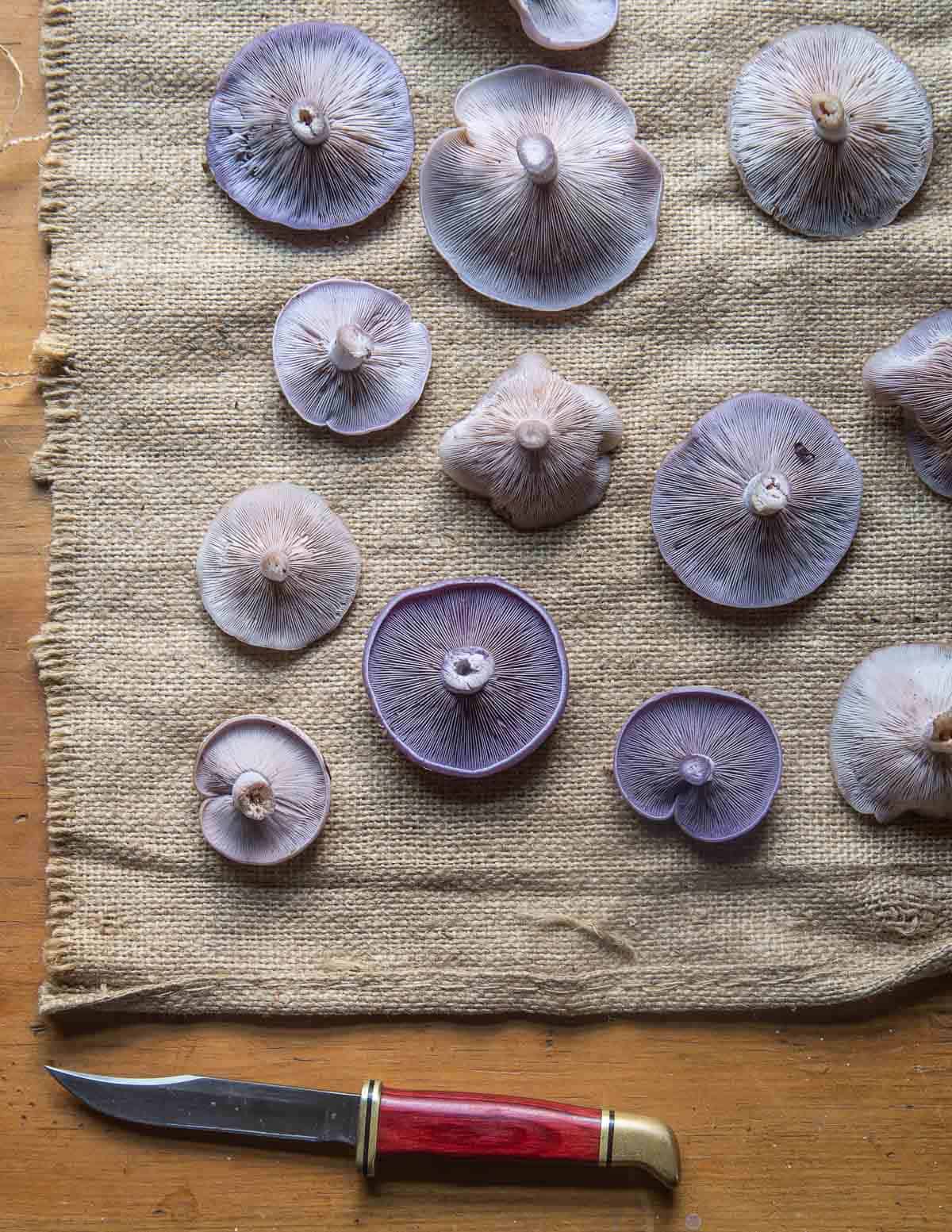
The Dry Saute, Step by Step
My blewits were damp from the rain the previous days, and I needed to find a way to make it so they would take a nice sear, without becoming soupy or stewed in their own juice. Blewits have a lot of moisture, so a really useful technique is the "dry saute".
It's a great technique for any mushroom that contains extra water, such as golden chanterelles.
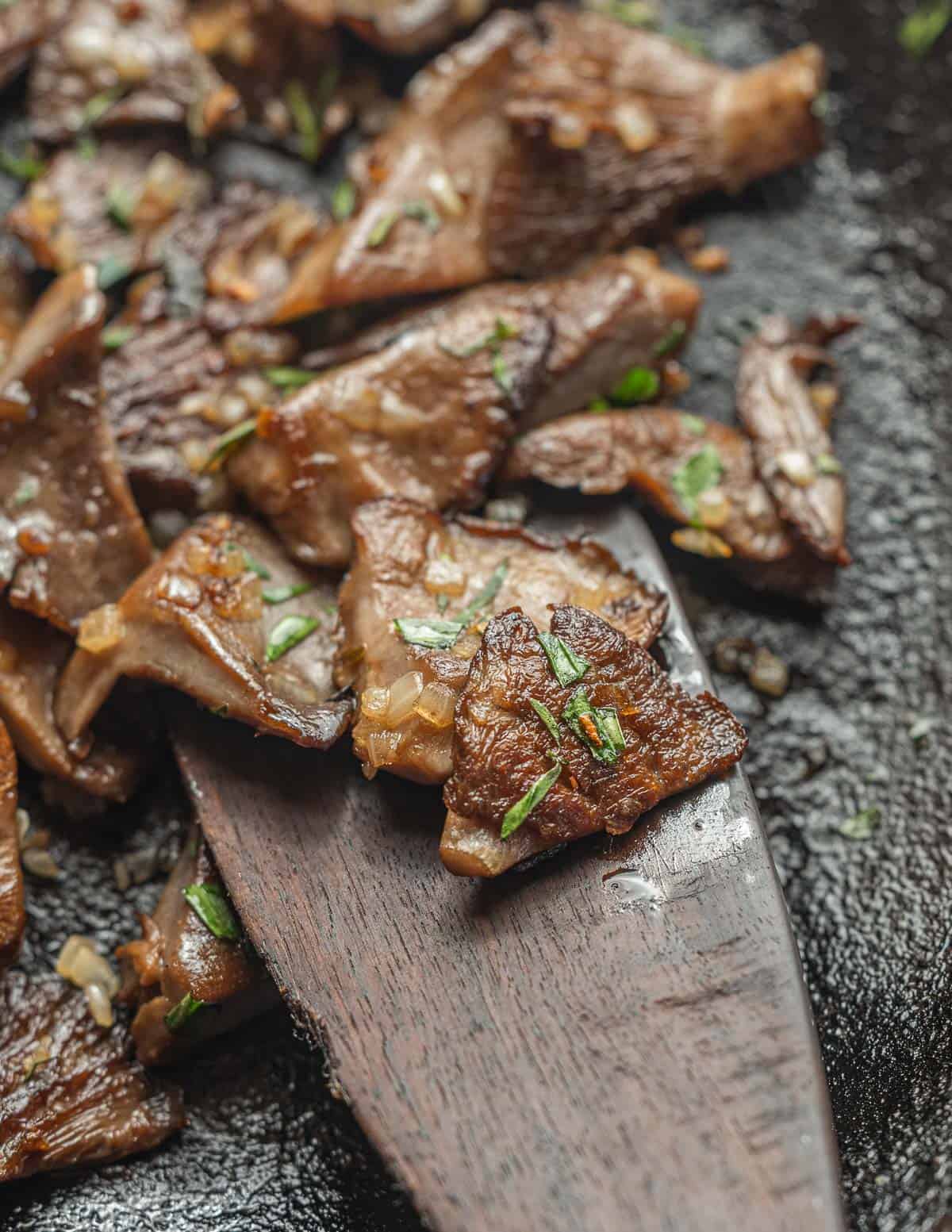
To do it, you start sautéing the mushrooms in a pan without oil, allowing their water to evaporate for a bit and helping them caramelize when the oil is added to the pan later. The images below illustrate the process.
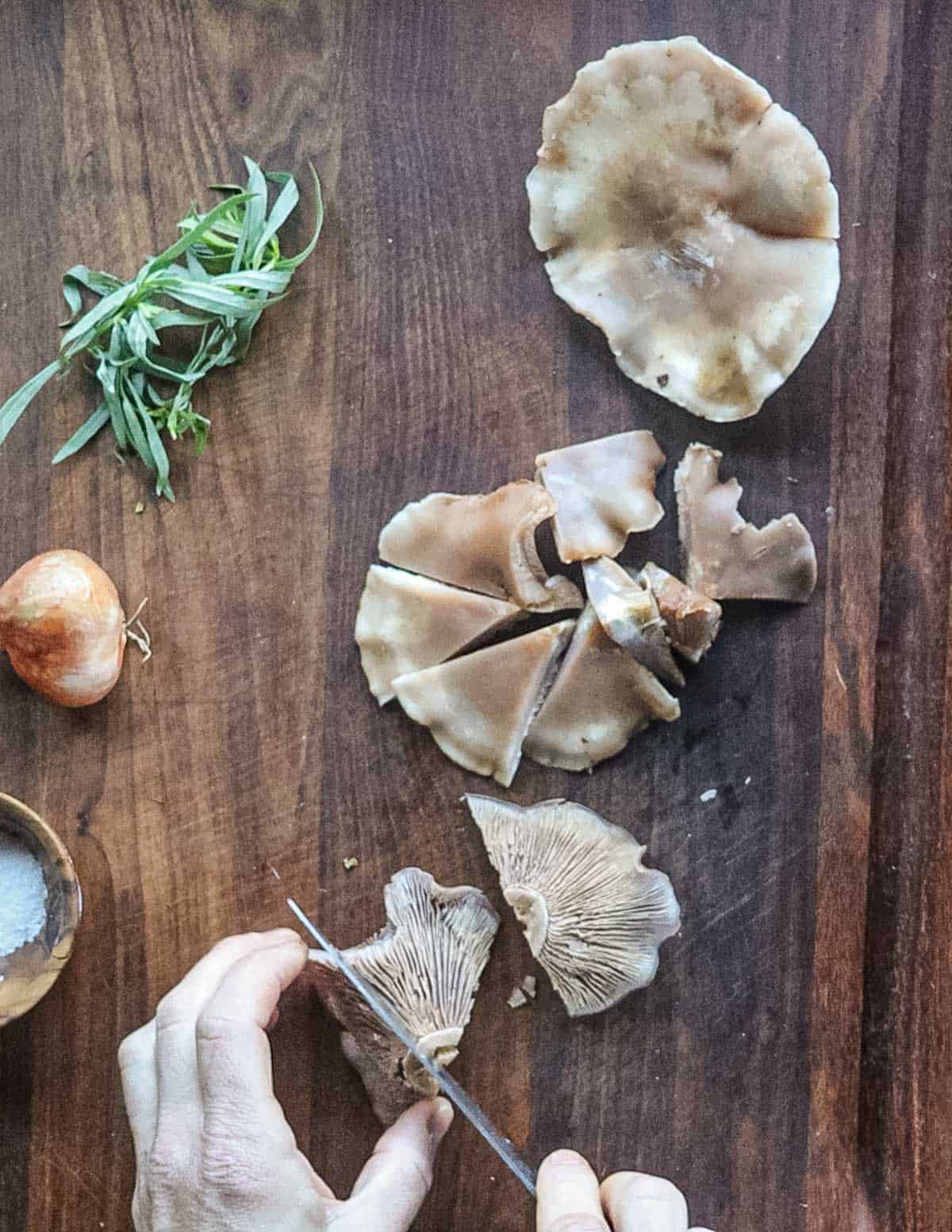
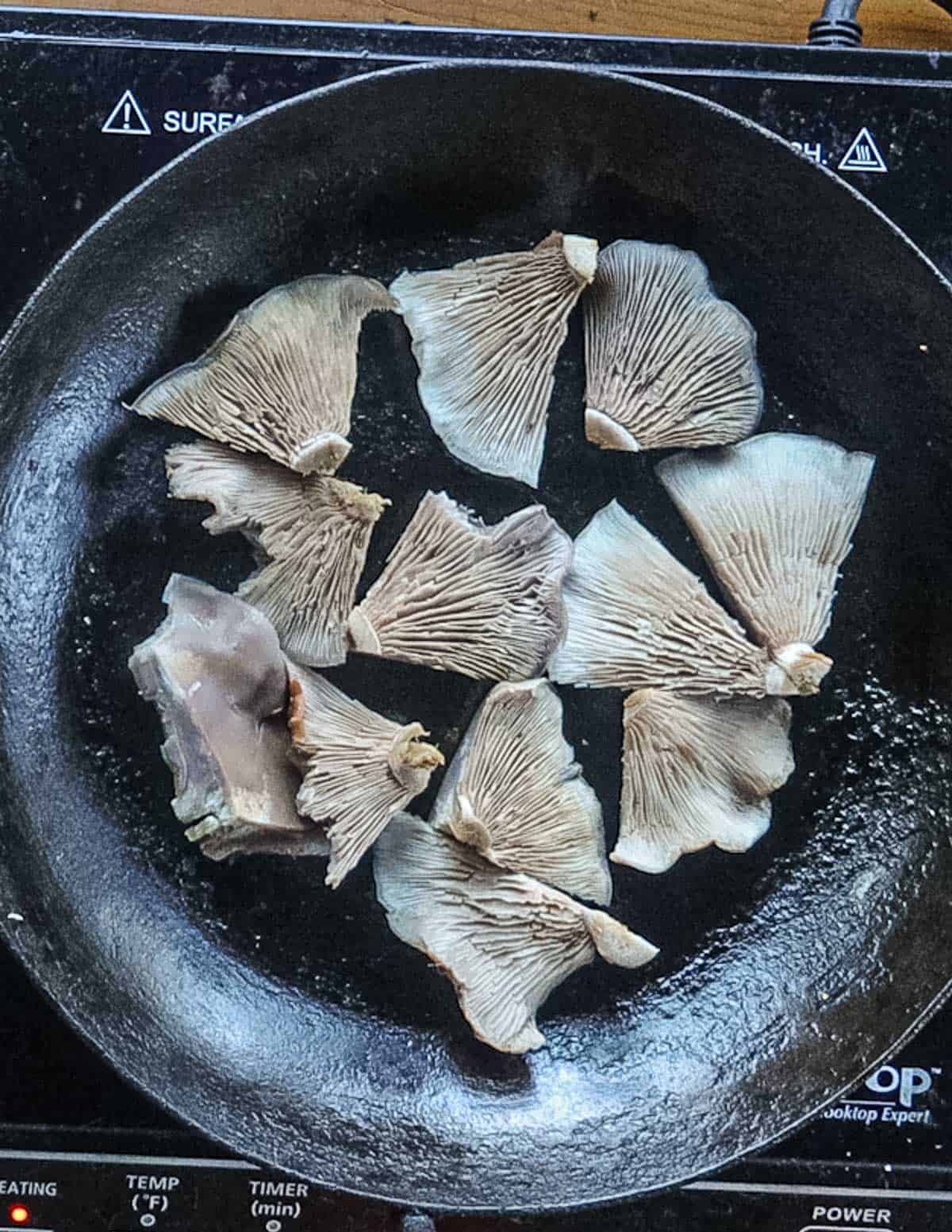
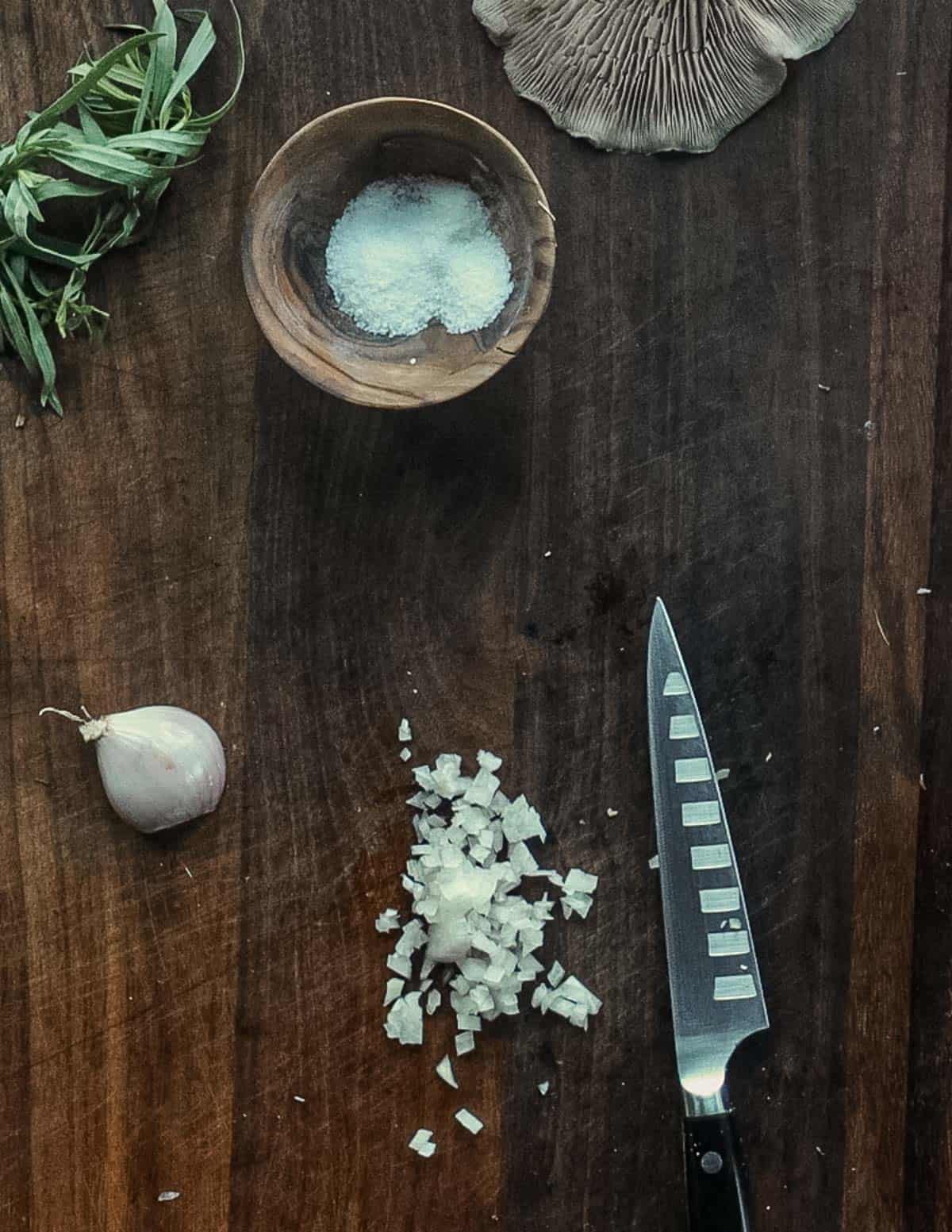
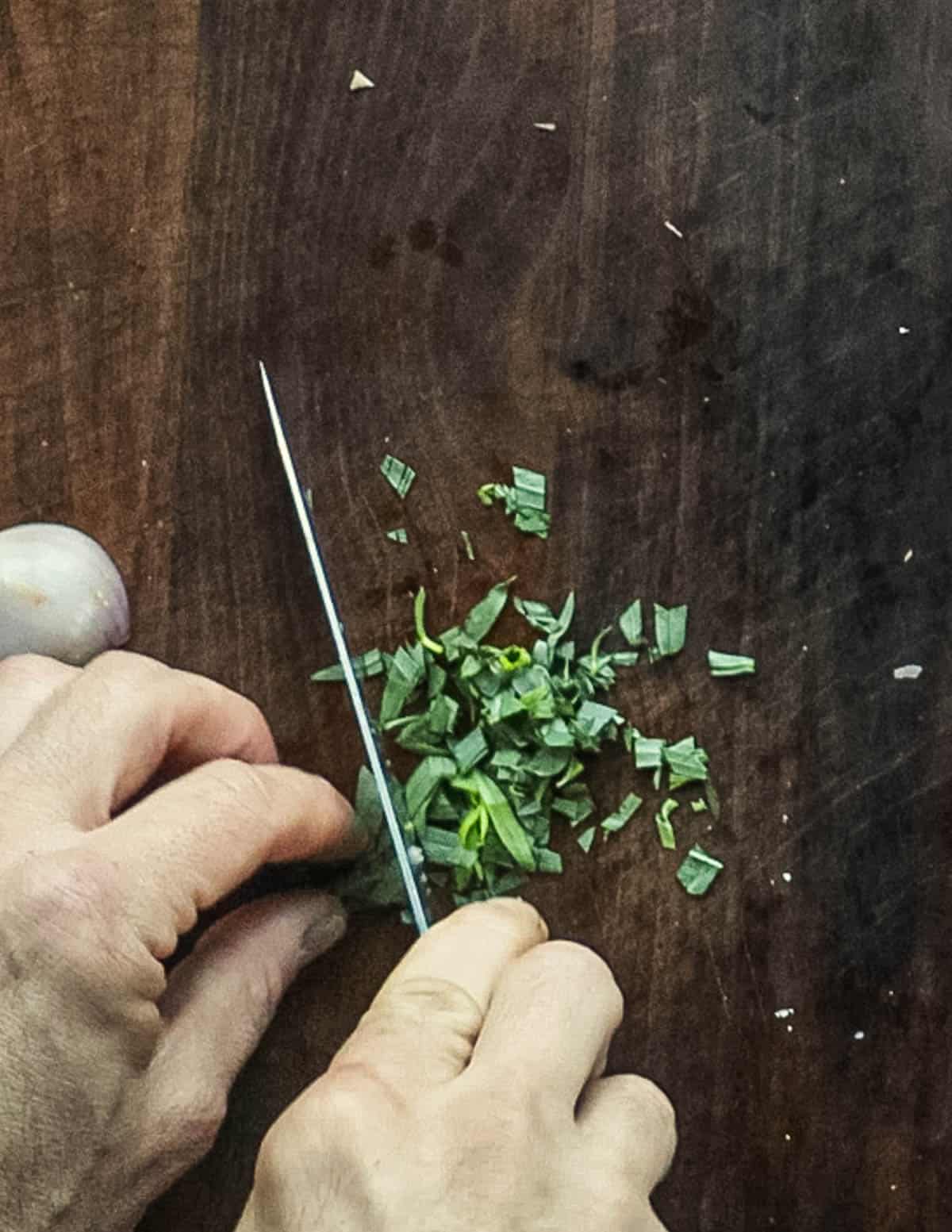
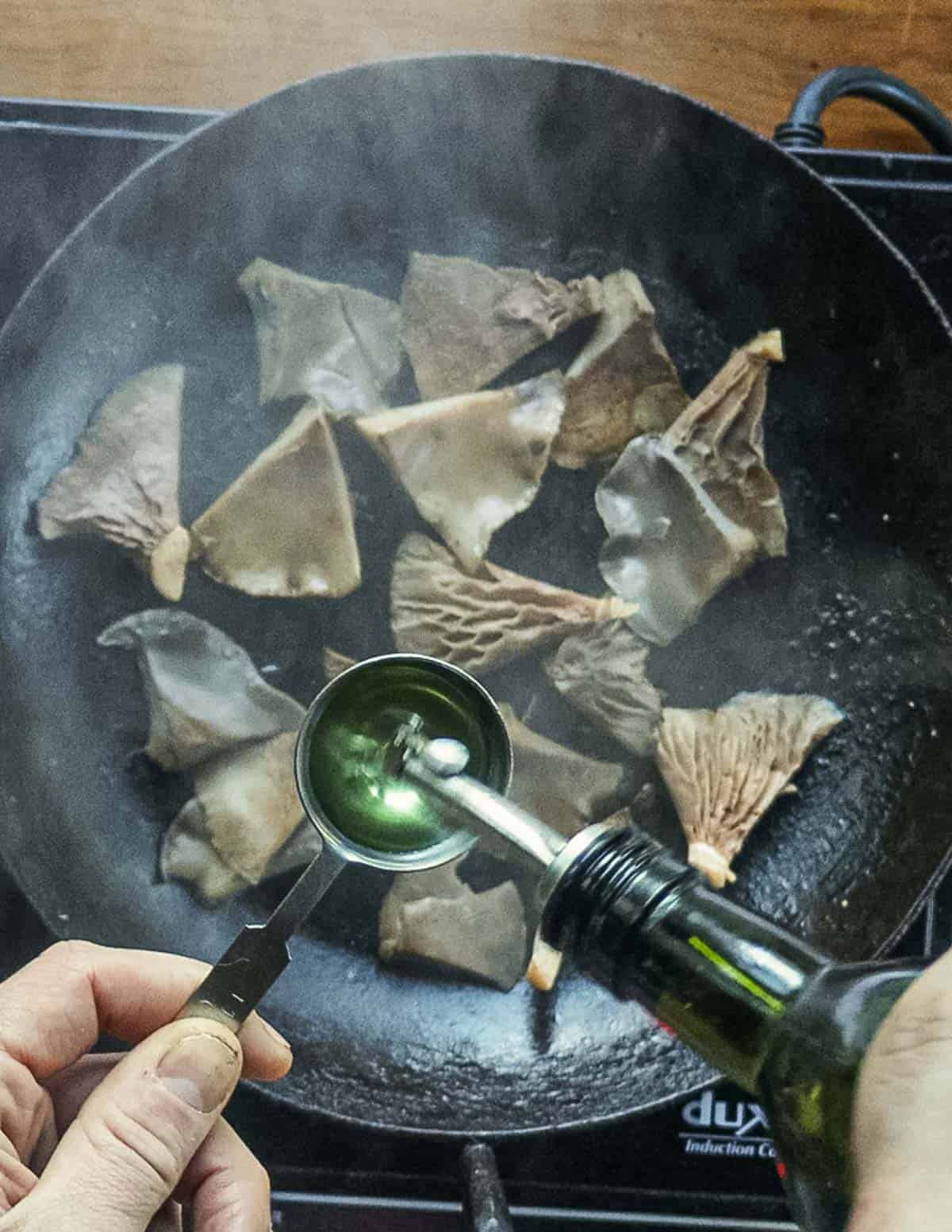
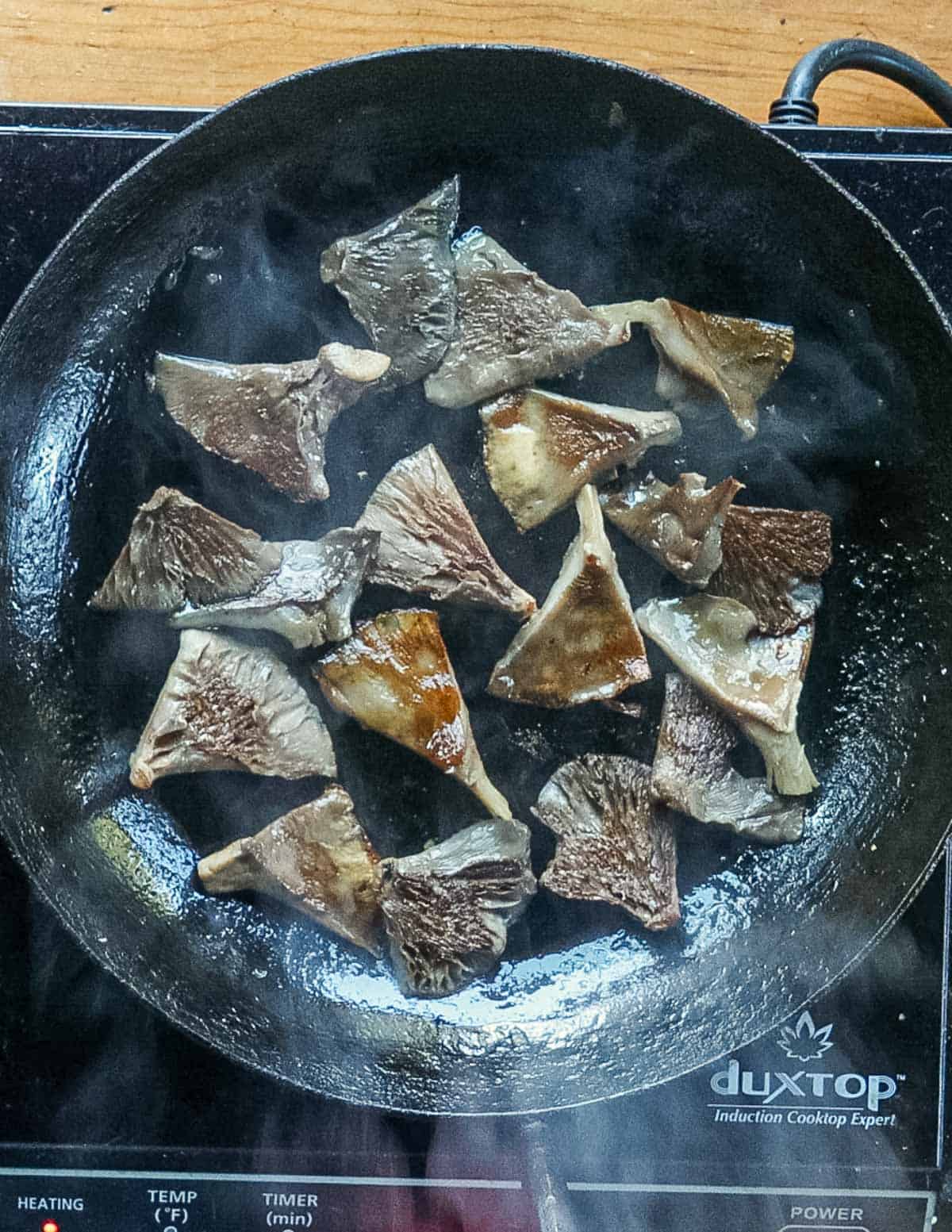
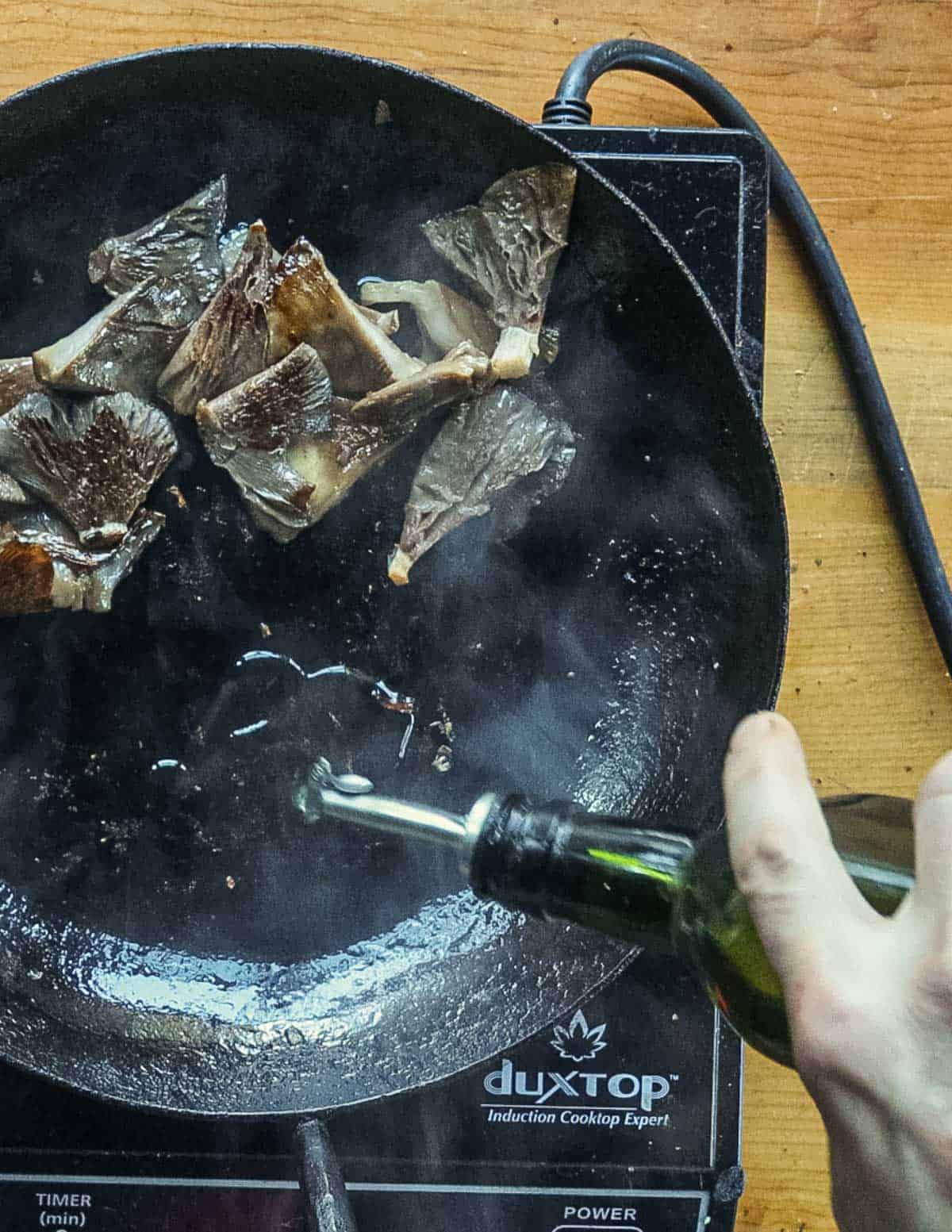
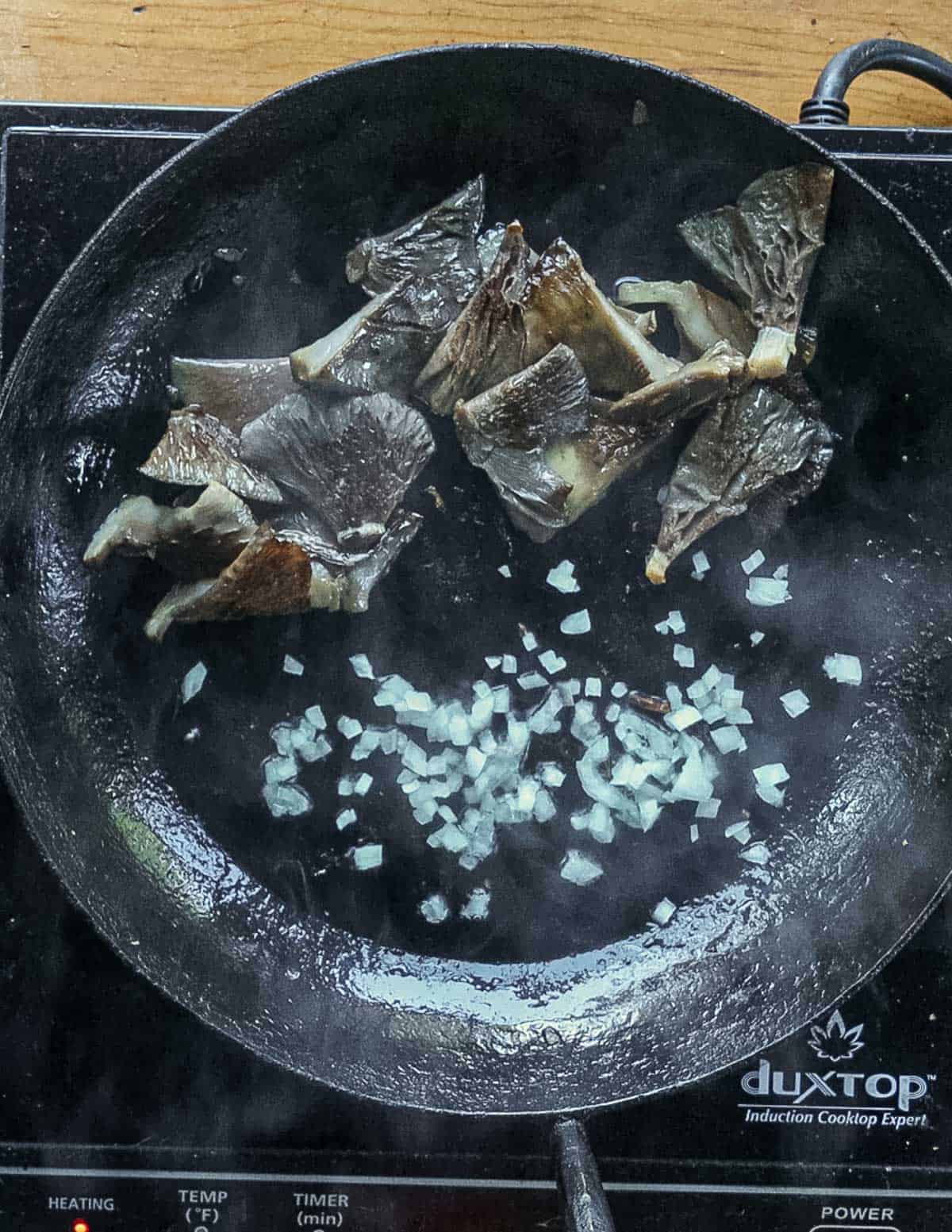
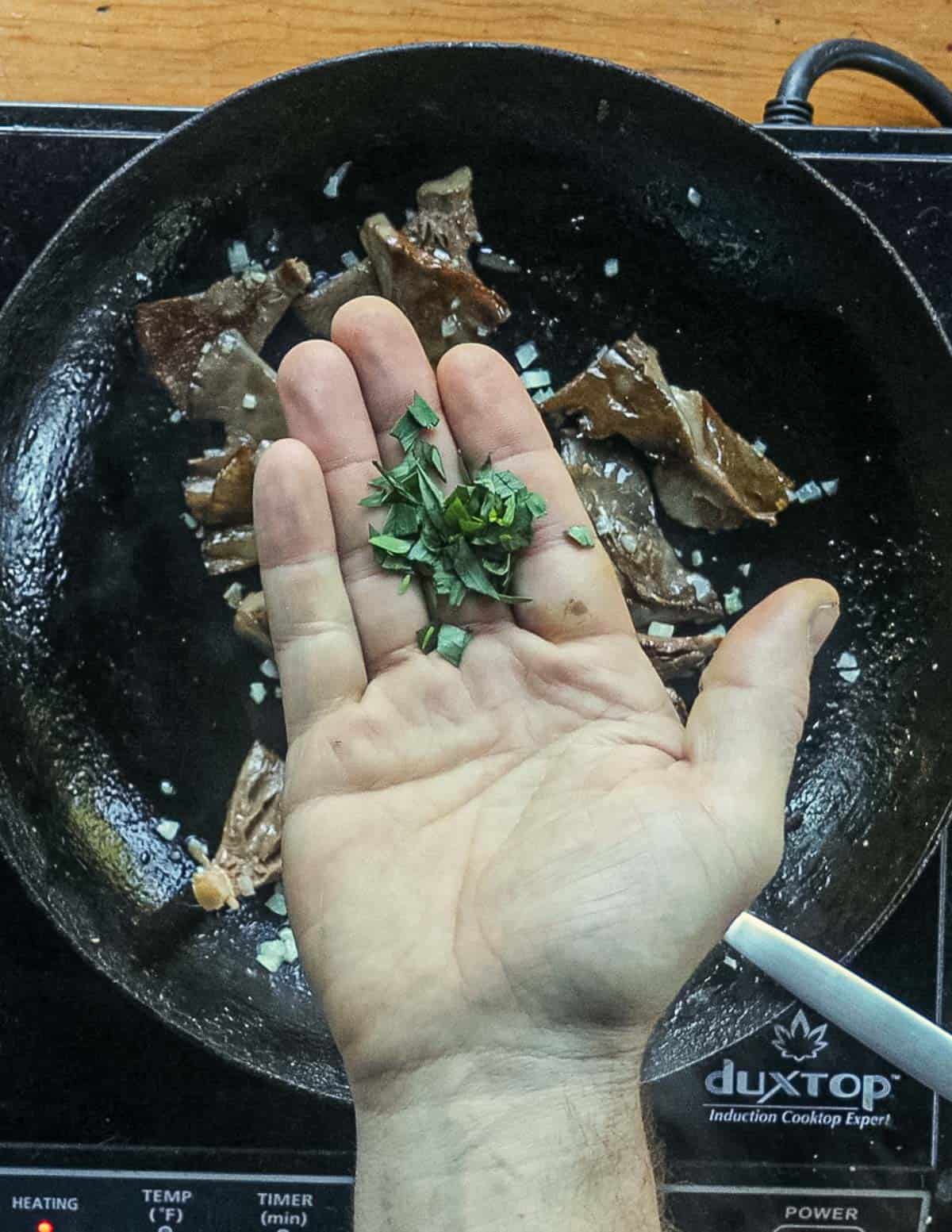
This preparation is simple and straightforward. Afterword, you could eat them straight from the plate with your fingers, or they'd love to put on top of a piece of meat as a garnish.
Tips
- Use a cast iron pan or teflon pan since they're naturally non stick. Get your pan very hot, but not hot enough so that whatever goes into the pan will burn.
- Avoid using stainless steel pans as the mushrooms can become glued to the pan, sticking and ripping, leaving a crust that and will inhibit the caramelization of the mushrooms due to their lack of contact with the steel.
- The mushrooms should be cooked for 10 minutes, as undercooked blewits could make you sick, just like morels.
- If you add the oil too early before the water is cooked out of the mushrooms, geysers of water and fat may shoot out of the pan directly at your eyes, it can pop and burst like a cannon, depending on how hot the pan is.
- After the mushrooms are browned you can also deglaze the pan with white wine, if you like.
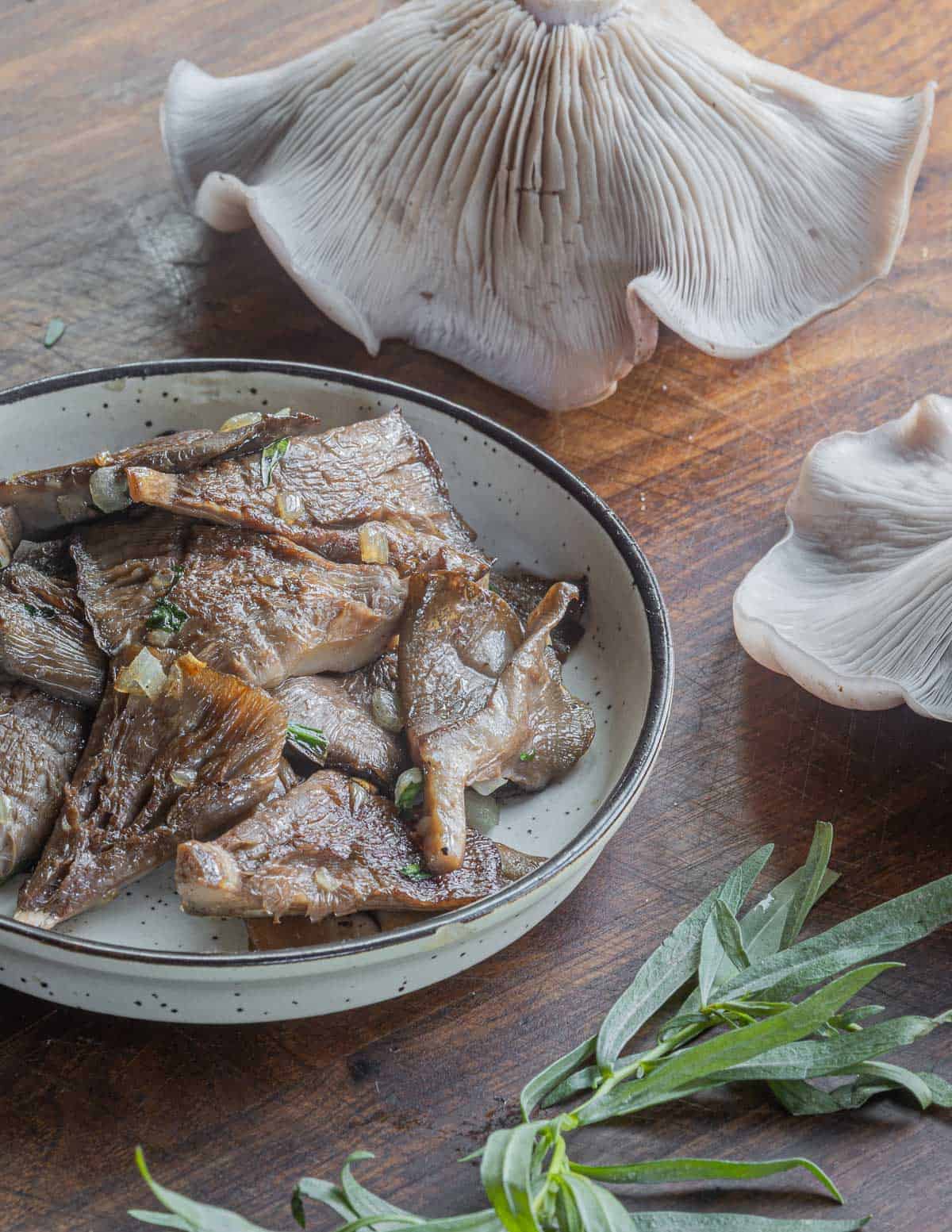
More Easy Mushroom Recipes
- Wild Mushrooms with Garlic and Parsley
- Sauteed Honey Mushroom Caps and Stems
- French Sauteed Mushrooms
Sauteed Blewits, Shallots And Tarragon
Equipment
- 1 10 inch non-stick pan
Ingredients
- 4 oz Blewits quartered if large, halved or left whole if very small
- 1 tablespoon Finely diced shallot
- 1 pinch Fresh chopped tarragon
- Salt
- 1 tbsp Flavorless oil for cooking such as grapeseed or canola, or unsalted butter
Instructions
- Clean the mushrooms by brushing with a cloth or swishing in water if needed, then dry on paper towels. Cut the mushrooms into thick pieces.
- Begin by heating a cast iron pan until hot.
- When the pan is hot, add the mushrooms, season with salt, and cook them until they've wilted, lightly browned, and released water.
- Add the oil to the pan if the pan gets dry, add a little more.
- Add the shallots, then the tarragon and cook for a minute or two, double check the seasoning for salt, adjust as needed, and serve.
- The mushrooms should be cooked for about 10 minutes at least, since blewits need thorough cooking.
- You can also toss the mushrooms with a small knob of unsalted butter right before cooking.

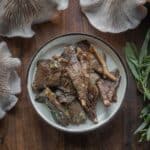
Katie Goin
I have not found blewits, yet. Going to do some research of where to hunt them down ...they must be here, (NW WI) if they are by you!
I'd love to make some venison backstrap with a side of blewits 🙂
Happy Hunting!
Alan Bergo
They're all over right now, especially along the sides of trails and places with fallen branches. Good luck.
Amanda Bergstedt
Delish! Perfect. I tossed it with fresh pasta
Alan Bergo
Hey thanks. Great idea to toss them with some pasta! I should add a note about that, I'd like to re-shoot it this year too.
Anthea Holborow
Hello Alan
I found a Blewit yesterday and went on line to check whether it was edible or poisonous and saw your post, together with a recipe. The result was lovely and I'm off to find some more. This mild damp weather must suit them.
Thank you
Anthea Holborow
Alan Bergo
Glad the post was helpful, Blewits were one of the trickiest for me to identify at first.
Claudia Marieb
Hi Alan,
Found my first blewits today and came directly to your site to find a recipe. Thank you for including simple recipes for us non-chefs, that really highlight the taste of the mushroom. I was eating them straight off the plate with my fingers when I read the section where you suggested just that. We are on the same page : ). Also I loved reading the mistakes for the same reasons Elizabeth did. Your posts and thoroughly helpful and enjoyable and , wow, blewits are GOOD.
Elizabeth Davidson
I belly laughed so hard at that last step in dry sautéing! Your recipes are written for chefs, but there are these moments of pure connection in failure that make you so relatable to everyone. Not enough people share the things that went wrong, but that is truly the best tool to teach.
Alan Bergo
Heh. This is a very old post, and I cringed at some of the wording, but yes absolutely right. 🙂
Bob
Love your recipes. Here's a mod for blewits and orzo pasta that my friends really love.
Same as above but then...
Add 3 T of good white vermouth (Ciazano or Noilly Prat) and cook down.
Stir in freshly cooked orzo pasta and some pasta water as needed to help thicken
Salt to taste
Blewits seem to generate a thick sauce themselves unlike other mushrooms.
Alan Bergo
That sounds great Bob!
April Thompson
I did spaghetti and “mushballs” this week with blewits. Not bad flavor but doing part meat (Or impossible meat substitute) and part mushroom would have had a better texture probably.